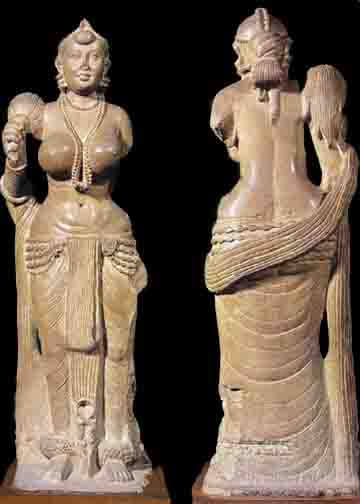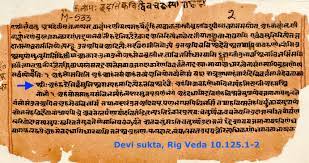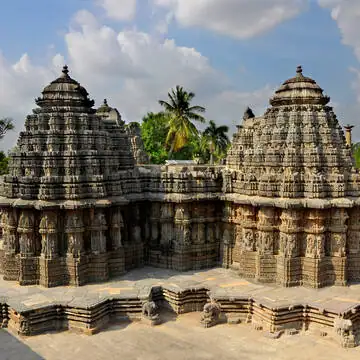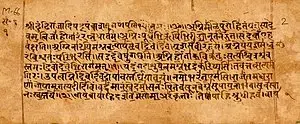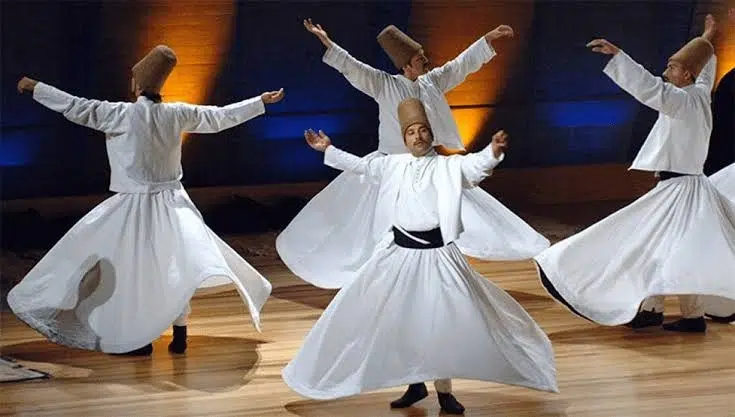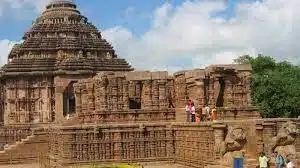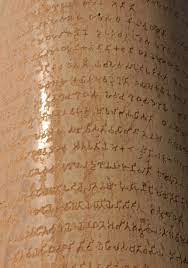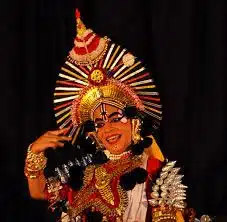About Folk Music
India’s rich cultural diversity has contributed significantly to various forms of folk music. Almost every region in India has its own folk music, which reflects the way of life. Traditional folk music has been defined in several ways: as music transmitted orally, music with unknown composers, or music performed by custom over a long period of time.
List of Indian Folk Music
Alha (Madhya Pradesh)
- It is a heroic ballad song with intricate words.
- It is usually sung in different languages like Braj, Awadhi, and Bhojpuri.
Bihugeet (Assam)
- This folk music is performed in Assam during the famous Bihu festival.
Lavani (Maharashtra)
- Lavani is a popular folk music of Maharashtra and was originally performed to entertain the soldiers.
- The song is usually performed by womenfolk and it conveys information pertaining to society and politics.
Folk Dances of India
Panihari (Rajasthan)
- It is thematically related to water.
- The songs are generally about women fetching water from the nearby well and carrying the water back to their households in matkas over their head.
Maand (Rajasthan)
- The famous song Kesariya Balam is in Maand style.
- The songs in about the glory of Rajput rulers.
Pankhida (Rajasthan)
- Sung by the peasants of Rajasthan while doing work in the fields, the peasants sing and speak while playing algoza and manjira.
- The literal meaning of the word ‘Pankhida’ is lover.
Pandavani (Chhattisgarh)
- Pandavani is a folk song that narrates the heroics of characters from the Mahabharata.
- It is all-inclusive of Gayan (singing) and vadan (playing an instrument).
- This folk music is popular in Chhattisgarh, Orissa, Madhya Pradesh and Andhra Pradesh.
Folk Dances of Bihar
Dandiya (Gujarat)
- Raas or Dandiya Raas is the traditional folk dance form of Gujarat.
- It is associated with scenes of Holi and Lila of Krishna and Radha at Vrindavan.
Rabindra Sangeet (West Bengal)
- Also known as Tagore Songs, Rabindra Sangeet is a set of folk songs, written and composed by eminent poet Rabindranath Tagore.
- Tagore wrote over 2,230 songs during his lifetime, all of which are sung during festivals and other rituals in West Bengal.
Bhatiali (West Bengal)
- Bhatiali was sung by the fishermen of ancient Bengal.
Music of the Bauls

- During the 18th and 19th century, a set of musicians from Bengal came to be known as the Bauls.
- The music employed by them was often religious in nature and some were influenced by the tantric sect of the Kartabhajas.
- Bauls travelled throughout the country in search of the eternal truth.
- During their extensive travel, they sang many folk songs which later on came to be known as the music of the Bauls.
- Instruments used while singing these songs are Ektara, Khamak and Dotara.
Bhavageete (Karnataka)
- Bhavageete is one of the most important folk music of Karnataka.
- Bhavageete literally means music of expression and hence, the singer’s expressions constitute the most important aspect of this form of music.
Naatupura Paadalgal (Tamilnadu)
- Naatupura Paadalgal is an ancient musical form of Tamil Nadu.
- Though folk music is fast disappearing in the state of Tamil Nadu due to the prominence given to Carnatic music, Naatupura Paadalgal remains quite important in the state.
- Like many folk songs of India, this folk music too was used by the aboriginal people during the farming and harvesting season.
Kummi Paatu ( Tamilnadu )
- Kummi Paatu is a folk music form from Tamil Nadu.
- These folk songs are usually accompanied by a folk dance form known as Kummi or Kummi Aattam.
- It is often performed throughout Tamil Nadu during festivals and rituals.
Rasiya Geet (Uttar Pradesh)
- The rich tradition of singing Rasiya Geet flourished in Braj which is the sacred land of Lord Krishna’s charming leelas from time immemorial.
- This is not confined to any particular festival, but is closely woven into the very fabric of daily life and day to day chores of its people.
- ‘Rasiya’ word is derived from the word rasa (emotion) because rasiya means that which is filled with rasa or emotion.
- It reflects the personality of the singer as well as the nature of the song.
Burrakatha (Andhra Pradesh)
- Burrakatha is a highly dramatic form of ballad.
- A bottle shaped drum (tambura) is played by the main performer while reciting a story.
- The ballad singers, like stage actor, wear make up and a highly stylised costume.
Bhakha (Jammu and Kashmir)
- The Bhakha form of folk music is popular in Jammu region.
- Bhakha is sung by the villagers when harvesting is done.
- It is considered to be the regional music with most melodic and harmonious elements.
- It is sung to the accompaniment of instruments like harmonium.
Bhuta song (Kerala)
- The basis of Bhuta song is rooted in superstitions.
- Some communities of Kerala do Bhuta rituals to send away the evil ghost and spirits.
- This ritual is accompanied with vigorous dancing and the music has a piercing and eerie character.
Sana Lamok (Manipur)
- Manipur’s hills and valley-both are fond of music and dance.
- Sana Lamok is sung at the time of coronation ceremony by the Maaiba (priest).
- It may also be sung to welcome the king. It is sung to evoke the spirit of Pakhangba, the presiding deity.
- There is a belief that this song is potent with magical powers.
Songs of Lai Haraoba Festival (Manipur)
- The meaning of Lai Haraoba is the festival of gods and goddesess.
- It is performed for the Umang-Lai (forest deity).
- Ougri Hangen, song of creation and Heijing Hirao a ritualistic song is sung on the last day of Lai Haraoba festival.
Saikuti Zai (songs of Saikuti) (Mizoram)
- Mizo are traditionally known as a ‘singing tribe’.
- The regional folk songs of Mizoram constitute the richest heritage of Mizos.
- Saikuti, a poetess of Mizoram composed songs in praise of warriors, brave hunters, young men aspiring to be great warriors and hunters etc.
Chai hia (songs of the Chai Dance) (Mizoram)
- As per Mizo custom during the Chapchar Kut festival not only singing, dance should also continue throughout the festival.
- Special occasion for singing and dancing is called ‘chai’ and songs are known as ‘chai hia’ (chai songs).
Ovi (Maharashtra and Goa)
- They are usually the songs of women.
- These are usually songs written for marriages, pregnancy and as lullabies for children.
Folk Dances of Jharkhand
Other important songs
| Folk music | State | Description |
| Wanawan | Kashmir | Sung during wedding ceremonies. |
| Pai Song | Madhya Pradesh | They are sung during the festivals of rainy seasons. |
| Powada | Maharashtra | They are usually ballads sung for the Heros of the past like Shivaji. |
| Khongjom Parva | Manipur | It is popular for ballad genre. |
| Mando | Goa | It is a unique blend of Indian and western musical traditions. |
| Kolannalu or Kolattam | Andhra Pradesh, Karnataka and Tamil Nadu. | It is similar to “Dandiya”. |
| Hekaileu | Nagaland | Songs about oneself. |
| Heliamleu | Nagaland | Dancing songs |
| Hereileu | Nagaland | War songs |
| Ja-jin-ja | Arunachal Pradesh | Sung during the marriage ceremony |
| Neuleu | Nagaland | A song about legends and myths |
| Nyioga | Arunachal Pradesh | Sung at the end of marriage ceremony |
| Sohar | Bihar | Sung during childbirth |
| Tikir | Assam | Embodies the teaching of Islam |
Fusion of Classical and Folk music
| Sugam Sangeet | This is the genre of devotional music, which brings classical and folk together. |
| Bhajan | They are one of the most popular types of devotional singing present in north IndiaIts origin to Bhakti movement. The Bhajans are usually accompanied by musical instruments like the chimta, dholak, dhaphli, and manjira. The major expounders of the bhajans in the medieval period were Mirabai, Tulsidas, Surdas, Kabir, etc. |
| Shabad | With the rise of Sikhism, many devotional songs dedicated to the gurus was sung in the Gurudwaras. There are three types of Shabad singing, raga-based Shabad singing; traditional shabads as mentioned in the Adi Granth and the lighter ones. |
| Qawwali | This is a kind of devotional music as they are in praise of the Allah or the Prophet Muhammad or any other major Sufi or Islamic saint. It is composed in a single raga and is generally written in Urdu, Punjabi or Hindi. They are performed in Sufi shrines. |
| Gana Sangeet | This is the form of fusion music that is sung in chorus or groups and in large numbers. The most common form of Gana Sangeet is to sing about patriotic feelings. One of the most popular examples of Gana Sangeet is our national song: Vande Mataram, which is sung in praise of the nation. |
| Haveli Sangeet | It is currently practiced by a community known as the Pushtimarg Sampradaya or the community that believes in Pushtimarg as the way to salvation. |
- Top 50 Science MCQs For Competitive Exams
- Know About The Different Financial Sector Regulators In India
- For more articles on Art & Culture, click here.

